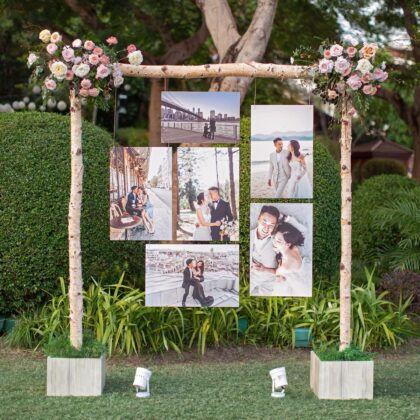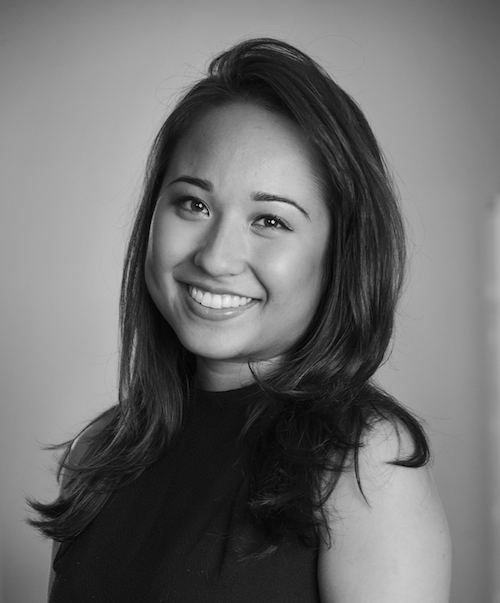Heard about MBSR but not entirely sure what to expect? This personal recount tells you everything you need to know.
Stress. The cause of so many of our problems today. And whilst I’ve always known that stress was an issue, it wasn’t until my own health started deteriorating that I finally began to really take notice. Fast forward 5 years and I had explored every solution under the sun. From gastroenterologists, endocrinologists and neurologists, to homeopathy, osteopathy, hypnotherapy, and even energy healing. That’s when my friend asked if I wanted to join a programme she was doing called MBSR or Mindfulness Based Stress Reduction, and, without hesitating, I agreed.
Read more: 8 Things You Can Do For Your Mental Health
The history:
MBSR was started by Jon Kabat-Zinn in 1979 in the Stress Reduction Clinic at the University of Massachusetts Medical School. Jon had comprehensively studied the Buddhist teachings on mindfulness, but developed the MBSR programme by removing the Buddhist framework and instead putting MBSR in a scientific context. It was immediately seen to help patients reduce illness and other stress-related symptoms and is now taught around the world by various private and institutional practitioners.
The framework:
The framework of MBSR is an 8-week programme with two and a half hours of in-person practice every week, and 30-45 minutes of personal (usually meditative) practice each day. My programme in particular was taught by MaryAnn Voli in Hong Kong at Enhale Meditation Studio, and included everyone from overworked professionals and burnt-out parents, to individuals experiencing serious illnesses such as cancer.
While it’s impossible to summarise everything you could encounter in the 8-week programme as it’s such a personal and intimate experience, here are a few lessons that stuck with me:

1. Mindfulness is simply paying attention
The first thing we learned in the programme is that mindfulness is (simply) about having awareness of the present moment. It sounds easy enough, but more often than not, we act and react on autopilot. Whilst this may not sound like it’s too much of a problem, if we aren’t present to what’s actually happening within us right now, we can lose the sense of “feeling alive.” Instead, we follow conditioned thought patterns or habits that may helped us survive situations in the past, but don’t necessarily serve us any longer.
Becoming truly present and aware of our actions, thoughts, and feelings was the main premise of the 8 week programme. Starting with the breath, each week we focused on mindfulness of a new area. Whilst many (including myself) found the slow pace of this practice difficult at first, it was only a matter of time until we came to terms with the tension and pain that we found lurking in our minds and bodies, and realised that mindfulness was a way to finally let go of it.
2. I don’t have to be held hostage to my thoughts
Unlike many stress relieving practices, mindfulness isn’t at all about passing over what’s going on inside your head. Instead, it’s about looking directly at all of it – with patience and with kindness. The point is not to judge, analyse, or create stories about what’s happening. Rather, all we have to do is just be with it. For a relative control freak like me, this was definitely easier said than done. Nevertheless, it was this practice of watching our thoughts (also called mindfulness of thoughts), that led to my first big watershed moment.
The first realisation that I had upon watching my thoughts was how extremely negative and critical they were. It was clear that no matter what happened, they would first gravitate towards my weaknesses rather than my strengths, always towards catastrophe rather than opportunity. Nothing was ever good enough it seemed, and it didn’t take long for me to see exactly why I had been living in such a constant state of anxiety.
Although this revelation was cause for major alarm and self-judgement at first, through practice (and admitting it to myself) I was able to gain the breathing space I needed to begin to question the validity of my thoughts, something that was a huge first for me. I learned that instead of looking at the world from the swamplands of my thoughts, I could look from a distance at my thoughts instead. It was like, for the first time, I realised that I didn’t actually have to believe those unhelpful thoughts if I didn’t want to, much less feel attacked or be held hostage by them. Over time, I even learned how to say “hello” and “goodbye” to my thoughts as each one passed through the landscape of mind. Knowing that I had the power to let go off a thought, no matter how stuck I felt in the moment, gave me a feeling of freedom that I never could have imagined before.
I practice this now on a regular basis, in various moments throughout my day. I’ve also noticed the application of this practice in various behavioural change methodologies. One great example is a health and lifestyle programme that I had coincidentally started at the same time (Wildfit by Mindvalley), which aimed to radically transform our relationship with food by helping us become more aware of our mental conversations. Because we all experience the bombardment of thoughts on a constant basis, if we are able to maintain this attentive, yet distant, relationship with them, life becomes that much easier.
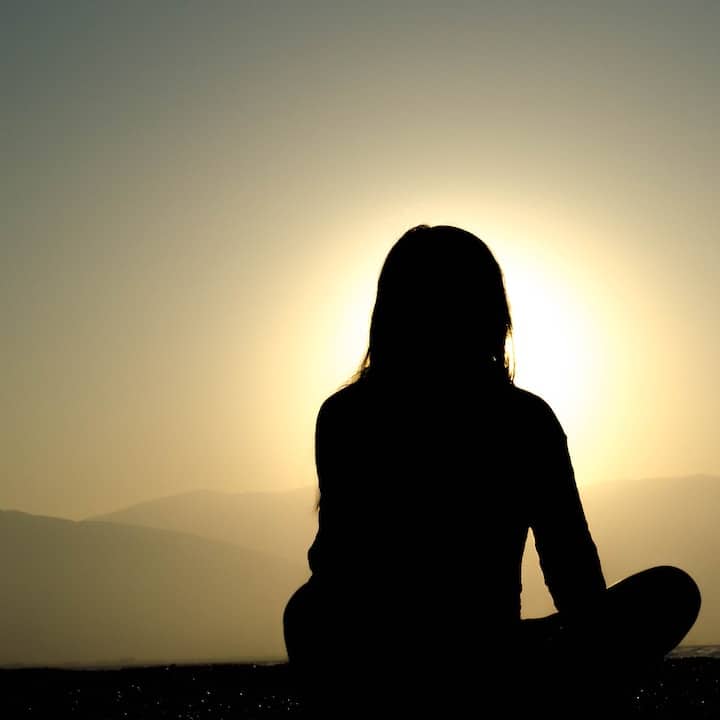
3. The only way out is in
It may sound silly, but I’ve always been terrified of my emotions. As a child I viewed grief and sadness as a weakness, and whenever I let my anger get the better of me, I felt instant shame. I hated not being able to control the “bad” feelings. And this inability to confront, much less manage, my emotions, continued late into my adult life.
As I was relieved to learn in the programme, I wasn’t the only one who perceived my emotions in this binary way. We talked about how many of us were conditioned to view emotions as either “good” or “bad”, “right” or “wrong”, based on what we believed was socially acceptable. But as we came to learn over the 8 weeks, experiencing life in this way, not only goes against our fundamental human nature, but limits our happiness completely. We become unable to really live, fearful of encountering any of life’s inherent messiness.
MBSR taught me to open up to my emotions for the very first time, without feeling any accompanying shame. It taught me how to honour my feelings, regardless of what I felt it said about me as a person. And rather than get caught up in the turmoil of it all, it taught us to get curious instead – to ask the question: what is happening here?
By triggering curiosity, mindfulness helps you take a step back from over-identifying the emotions. At this point we could even start “labelling our emotions” by sharing whether we “saw anger there” or “felt sadness arising.” This very act of labelling emotions actually calms the amygdala, allowing you to surf the wave of emotion until it releases from your body. There will be constantly fluctuating highs and lows in life, but rather than resisting, or feeling trapped by it, we could actually regain control of the situation by allowing ourselves to let go. We could, perhaps, even sit back and enjoy the ride.
4. Compassion starts with yourself
After completing a Vipassana meditation retreat in 2018, I remember being totally transformed by the effects of it, but also left wondering why the practice hadn’t helped me necessarily feel any more “compassion”. In fact, I don’t believe I fully understood what the concept meant. It wasn’t until MBSR that I recognised that compassion wasn’t possible without suffering, in particular, awareness of my own suffering.
We all suffer in different ways. And unfortunately society tells us that to show our suffering is a sign of weakness. This was definitely a norm that I prescribed to for most of my life. But as I slowly discovered, I didn’t have to cover up what was “unpleasant” within myself, nor did I have to run from it. Through mindfulness we have the chance to restore communication with ourselves. We come back to take care of ourselves, to listen to our suffering. Rather than becoming overwhelmed by our pain, we use the energy of mindfulness to hold it in our awareness.
As the world-renowned Buddhist monk Thich Nhat Hanh says, “if we know how to embrace our pain, to hold it with tenderness and to look deeply into it, then we can generate the compassion and understanding it needs to transform it.” And once we understand our own suffering, then we can see and honour the suffering in others. That, he says, is the “birthplace of compassion,” and it’s exactly what I experienced myself.
5. Good health is feeling “whole” again
I recently learned that the origins of the word “health” comes from the word “whole”, which makes sense if you think about it. But despite the fact that every one of us is born whole to begin with, we often forget this fact as we move into adulthood.
Wholeness might mean different things to different people, but to me it means not feeling like I have a big void inside me that I have to fill up with achievements or external validation. Feeling accomplished is still important to me, but it no longer defines my sense of self-worth. I know that I may not be perfect, but I also know that I’m very much a work in progress, and so I can appreciate who and where I am right now. That in itself, has been life-changing.
Ultimately what MBSR helped me realise (as cliche as it sounds) is that the only thing standing in the way of my happiness was me. By letting my negative thoughts get the better of me and my emotions not release through me, I was essentially fighting a losing battle. But life doesn’t have to be that way. By embracing my “wholeness”, I’m learning a “whole” new way of being and relating to the world – one that takes my thoughts, my emotions, and even situations around me much more lightly – because I now believe that none of them are a reflection of who I am at my core. And although being mindful takes never-ending practice and non-stop reminders, now that I’ve seen what’s on the other side, I can’t actually imagine wanting to live any other way.
Read more: A Beginner’s Guide To Vipassana Meditation




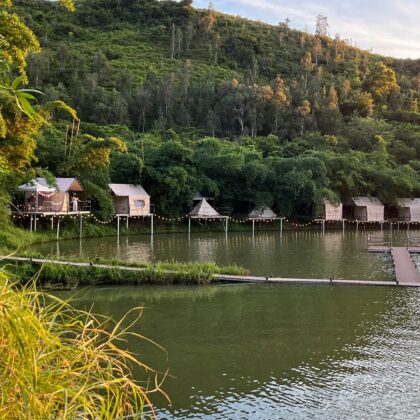
 Eat & Drink
Eat & Drink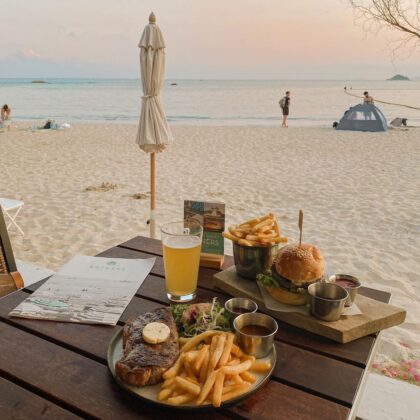
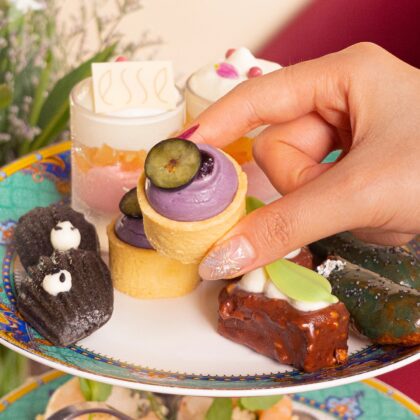
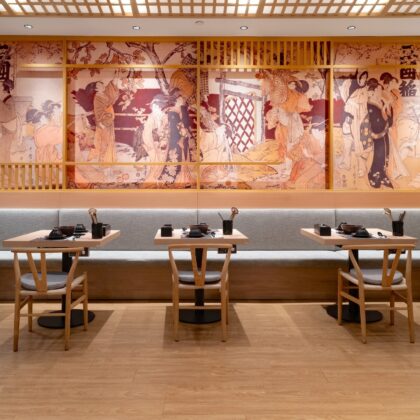

 Travel
Travel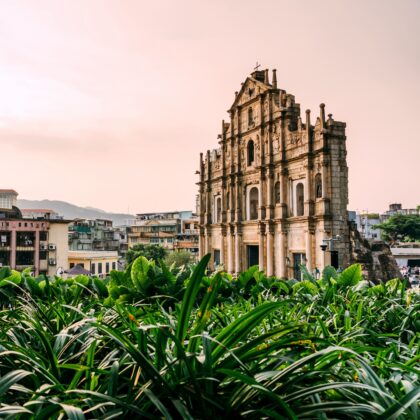
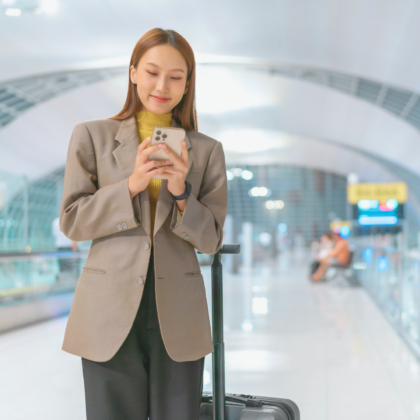

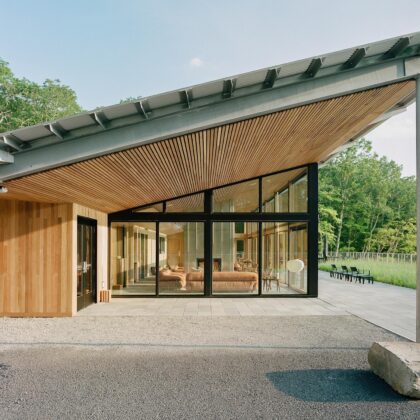
 Style
Style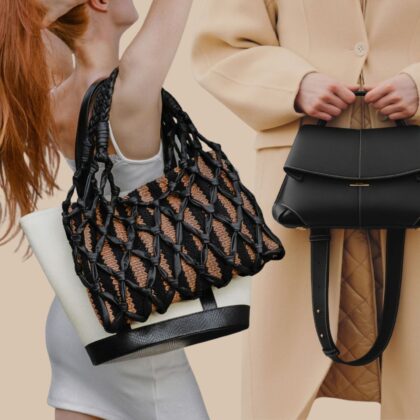



 Beauty
Beauty

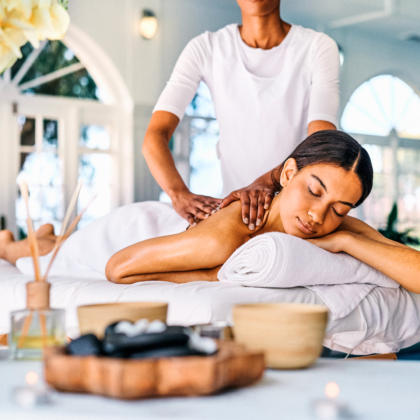
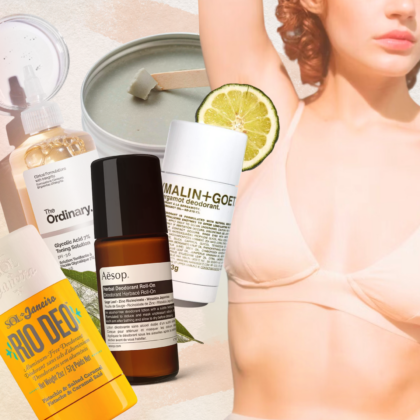
 Health & Wellness
Health & Wellness
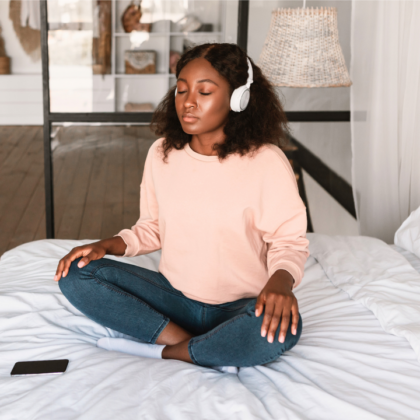
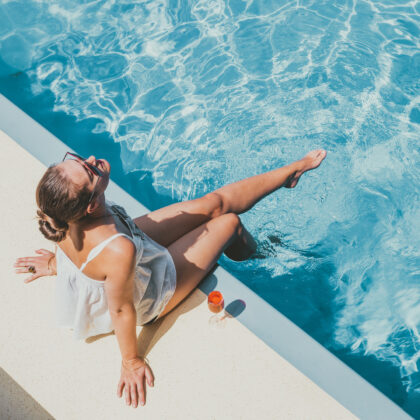
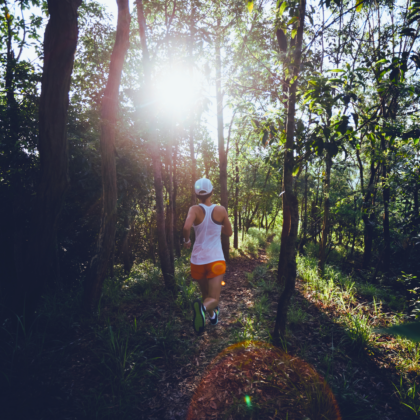
 Home & Decor
Home & Decor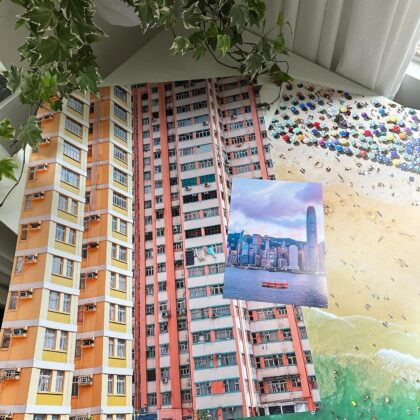

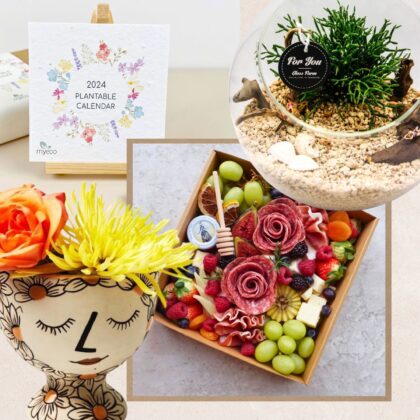
 Lifestyle
Lifestyle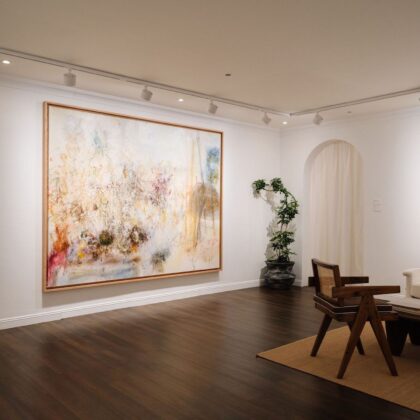
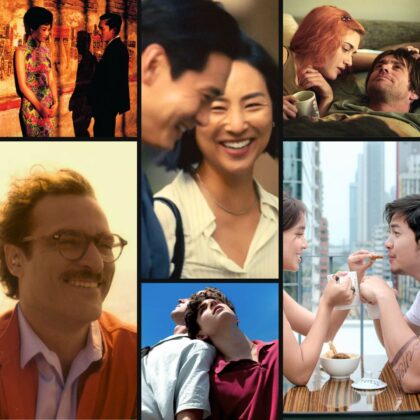

 Weddings
Weddings
